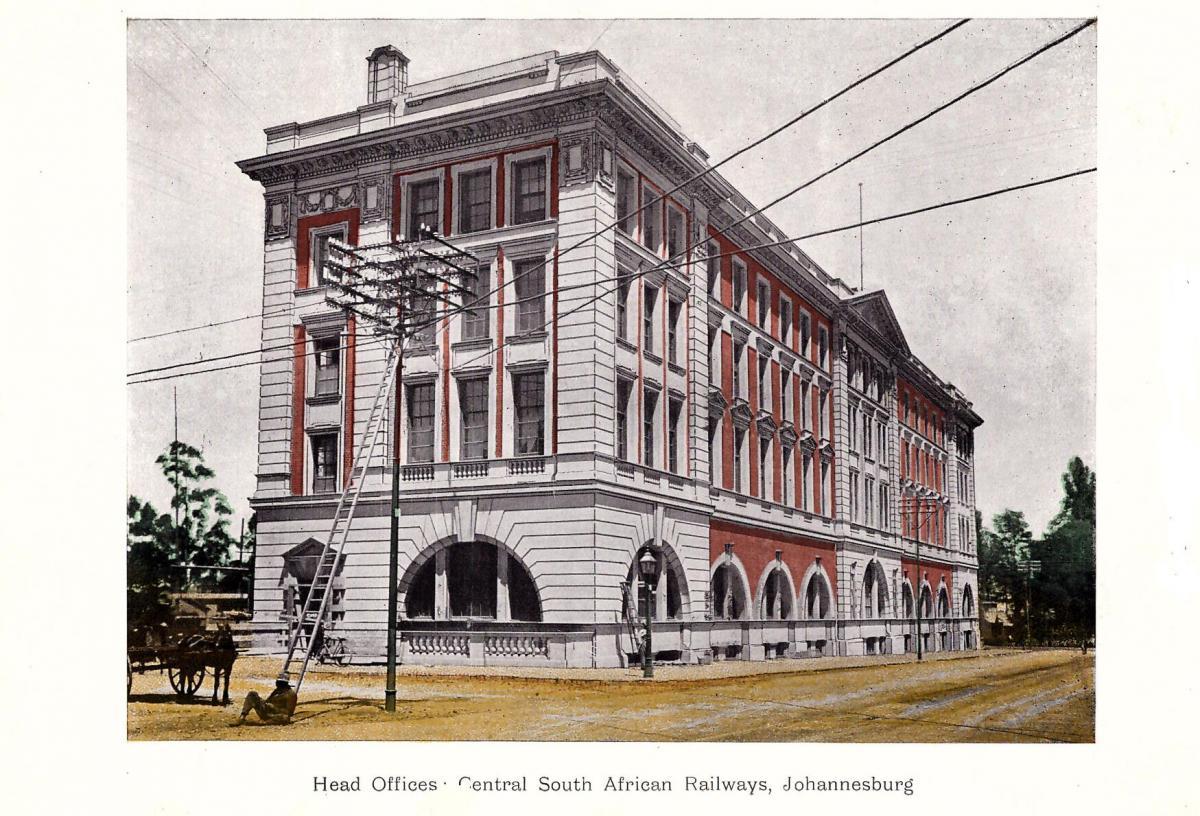
Digital Rail Images of South Africa (DRISA) is an online searchable catalogue of the Transnet Image Collection. It is available to railway and history researchers from around the world free of charge. In addition to the amazing photos of railway infrastructure, towns, cities, landscapes and more, researchers can access dozens of historic railway magazines with fascinating material. Huge praise must be given to Johannes Haarhoff, Yolanda Meyer and other volunteers for creating such a remarkable resource! Click here to view the latest project update.
Below is a short explanation from the DRISA team explaining why Transnet has such a wonderful photo archive:
The South African Railways (SAR) was formed after the Unification of South Africa in 1910 by amalgamating all the previous railway authorities into a single railway system. The Cape Government Railways (CGR) and Natal Government Railways (NGR) were formed in 1875, as well as the Central South African Railways (CSAR) of the Free State and Transvaal formed after the Boer War in 1902. The CSAR replaced the Imperial Railways which operated during the Boer War which, in turn, appropriated the railways of the earlier Oranje Vrij Staat Spoorwegmaatschappij (OVSS) and the Nederlands Zuid Afrikaanse Spoorweg Maatschappij (NZASM) in 1900. All the photographic records of these earlier authorities, from roughly 1860 to 1910, were transferred to the SAR in 1910. The SAR continued to build the photographic collection with permanent, professional photographers to systematically record the development of railways in Southern Africa, as well as its harbours, lighthouses, airlines, bus services and other transportation infrastructure.
The Transnet Heritage Library (THL) photographic collection is, however, about much more than just trains and rails. From its inception in 1910, it also acted as the official agent of the government to promote tourism to and in South Africa – tourism, naturally, would increase the volume of passenger traffic and bring other economic benefits, as we know all too well today. The marketing of South Africa, in this way, continued into the 1960s, until a separate government department was established for this purpose. The SAR photographers therefore roamed all the corners of South Africa for half a century in their quest to record the industrial development of the country. Moreover, the SAR photographers also strived to capture the natural beauty of the country, its scenery, wildlife, architecture, heritage, the diversity of its citizens and its different ethnic groups. From these thousands of photographs, a constant stream of calenders, photographs, postcards and brochures flowed, with most of the original images still residing in the THL image collection.
The strength and diversity of the THL image collection attracted the donation of numerous other photographic albums and collections from private enthusiasts and collectors. But there are, of course, much more than just images in the THL. Thousands of documents, old reports, surveys and engineering drawings are held, all demanding proper digitization and preservation. But the photographic collection is a priority, as it is unique without replication elsewhere.
Disclaimer: Any views expressed by individuals and organisations are their own and do not in any way represent the views of The Heritage Portal.
